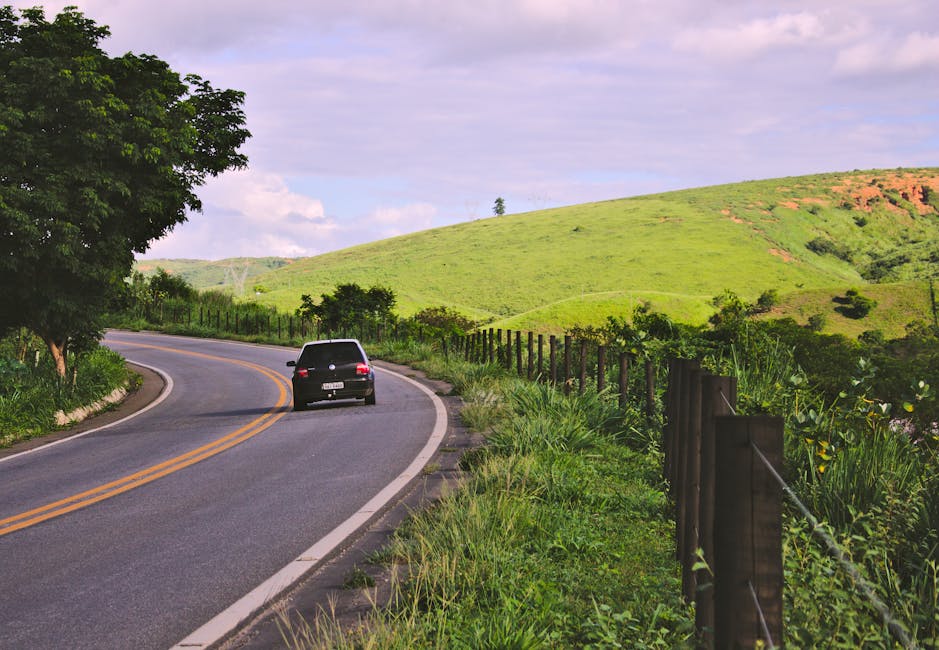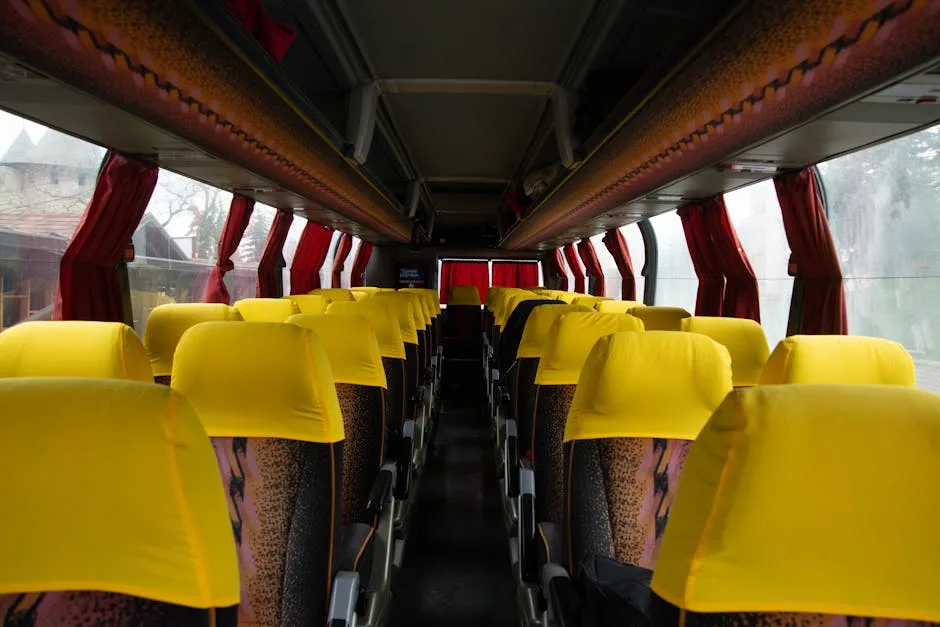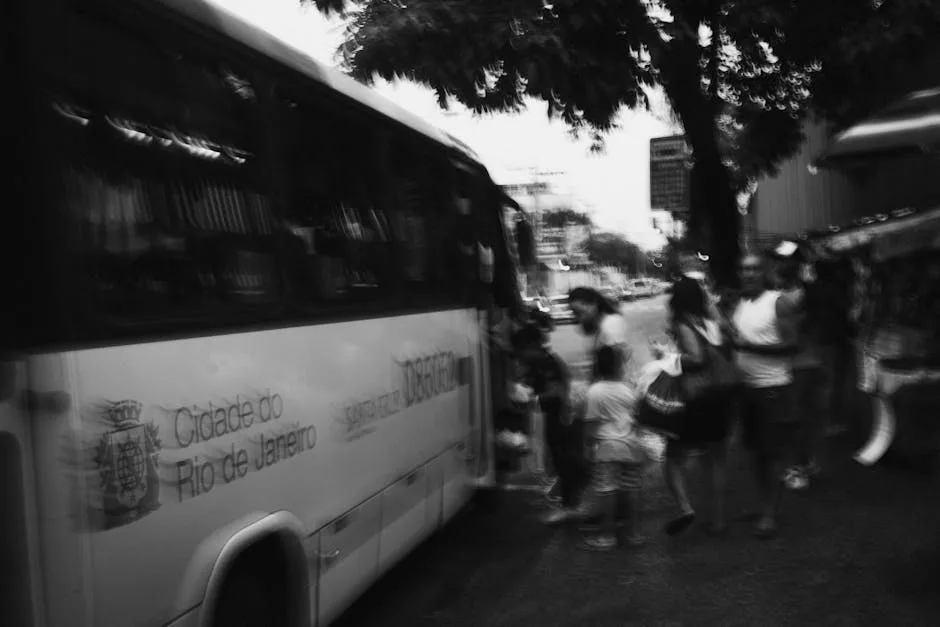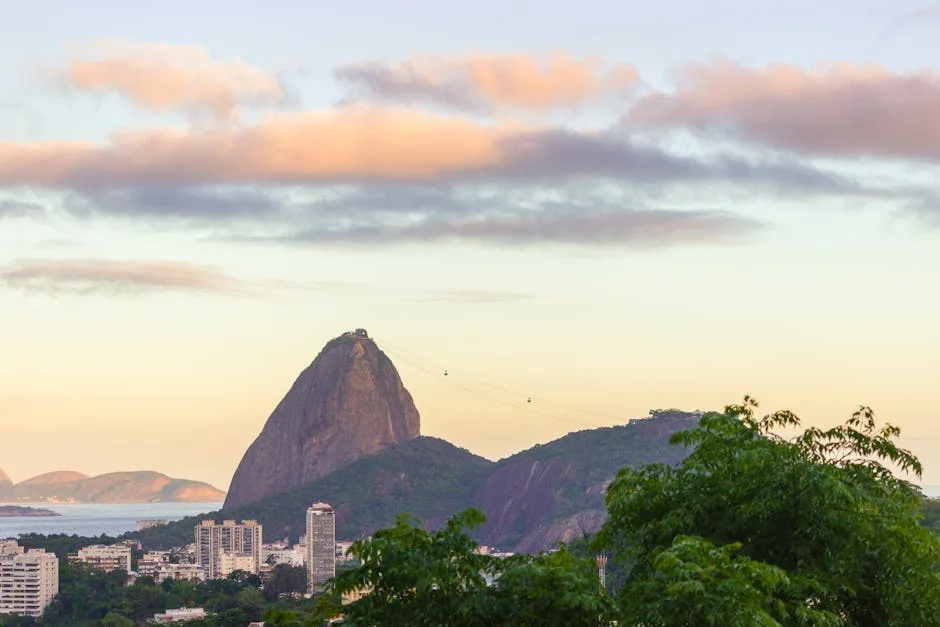- Welcome to Brazil! Now, How Do We Get Around?
- Flying: The Best Way to Conquer Distance
- Major Airlines and Booking Tips
- Navigating the Airports
- Long-Distance Buses: The Country's True Lifeline
- Understanding Bus Classes
- Buying Your Ticket
- Mastering the Metropolises: City Transportation
- Subways (Metrô) and Trains
- City Buses (Ônibus)
- Ride-Sharing and Taxis
- Renting a Car: The Road to Freedom (with Caveats)
- Beyond the Usual: Unique Brazilian Journeys
- Ferries and Riverboats in the Amazon
- The Serra Verde Express Train
- Practical Tips for Smooth Travels
Welcome to Brazil! Now, How Do We Get Around?
So, you’re heading to brazil! Get ready for a sensory overload in the best way possible—vibrant cities, jaw-dropping nature, and a culture that pulses with energy. But let’s talk logistics. Brazil is massive. Seriously, it’s the fifth-largest country in the world, bigger than the contiguous United States. That means figuring out how to get from the samba-filled streets of Rio de Janeiro to the thundering waters of Iguazu Falls or the heart of the Amazon isn’t just a small detail; it’s a core part of your travel planning.
Don’t sweat it, though. While the sheer scale can seem intimidating, Brazil has a well-trodden transportation network that connects its diverse landscapes. Whether you’re flying over the rainforest, cruising on a sleeper bus overnight, or navigating a bustling city metro, this guide is here to walk you through all your options. Think of us as your friendly co-pilot on this incredible adventure. Let’s get you moving!

Flying: The Best Way to Conquer Distance
Given Brazil’s continental size, flying is often the most practical—and sometimes the only realistic—way to travel between major regions. A bus ride from Rio to Salvador could take 30 hours, while a flight covers the same distance in about two. Time is precious on vacation, making air travel a vital tool in your Brazil toolkit.
Major Airlines and Booking Tips
The domestic market is dominated by three main players: LATAM, GOL, and Azul. All offer extensive networks connecting major cities and popular tourist destinations. Here are a few pointers for booking:
- Book in Advance: Especially for popular routes or during peak seasons like Carnaval (February/March) or New Year’s, prices can skyrocket. Booking a few months ahead can save you a significant amount of money.
- Use Brazilian Versions of Websites: Sometimes, you can find cheaper fares by using the Brazilian version of an airline’s website (look for a country flag or ‘.com.br’ domain). You may need to use Google Translate, but the savings can be worth it.
- Beware of Baggage Fees: Like many airlines worldwide, the cheapest fares often don’t include checked luggage. Double-check the baggage allowance before booking to avoid surprises at the airport.
- Consider the Brazil Airpass: If you’re planning multiple domestic flights, look into the Brazil Airpass offered by GOL or LATAM. It allows for a set number of flights within a specific period. It’s not always the cheapest option, but it offers flexibility and can be cost-effective for complex itineraries.
Navigating the Airports
Brazil’s major airports, like São Paulo-Guarulhos (GRU) and Rio de Janeiro-Galeão (GIG), are modern and relatively easy to navigate. However, some cities have two airports. Rio, for example, has GIG for international and long-haul domestic flights, and Santos Dumont (SDU) for shorter domestic routes (like the popular Rio-São Paulo shuttle, or ponte aérea). Always double-check which airport your flight departs from!
Long-Distance Buses: The Country’s True Lifeline
If you really want to see the country and travel like a local, you can’t beat the long-distance bus. Brazil has a phenomenal bus network that is comfortable, affordable, and incredibly comprehensive, reaching almost every corner of the country. For journeys under 10-12 hours, it’s often the preferred method of travel.
Understanding Bus Classes
Forget the cramped buses you might be used to. Brazilian long-distance buses are a different breed, with classes of service to fit any budget and comfort level. When you’re at the bus station (rodoviária), you’ll see these options:
- Convencional: The most basic and cheapest option. It’s perfectly fine for shorter trips (2-4 hours) with standard reclining seats and a bathroom on board.
- Executivo (Executive): A step up with more legroom, a steeper recline, and often complimentary water. A great middle-of-the-road choice.
- Semi-Leito (Half-Bed): Now we’re getting comfortable. These seats recline significantly further, have calf rests, and come with a pillow and blanket. Excellent for overnight journeys.
- Leito (Bed): The gold standard. These seats recline almost fully flat, turning into a cozy bed. It’s the most expensive option but worth every penny for a good night’s sleep on a 12-hour trip. Some companies even offer leito-cama which are fully flat private pods.

Buying Your Ticket
You can purchase tickets directly at the rodoviária from the official counters for each bus company (like Águia Branca, 1001, or Cometa). This is a good option if you’re flexible. However, for popular routes or if you want to secure a specific seat (window seats are great for sightseeing!), it’s best to book online in advance. Websites like Busbud or ClickBus are reliable platforms that cater to international travelers.
Mastering the Metropolises: City Transportation
Once you’ve arrived in a city like São Paulo or Salvador, you’ll need to figure out how to navigate the urban sprawl. Each city has its own rhythm, but here are the most common options.
Subways (Metrô) and Trains
The subway is your best friend in São Paulo and Rio de Janeiro. They are fast, cheap, and a great way to bypass the legendary traffic. The systems are clean, safe, and well-signposted. You can typically buy a single-use ticket or a rechargeable card (like Rio’s Giro or São Paulo’s Bilhete Único), which is more convenient if you’re staying for a few days.
City Buses (Ônibus)
The city bus network is extensive but can be a bit chaotic for newcomers. Routes are often displayed on a placard in the front window. You generally board through the front, pay the fare to the money collector (cobrador) or tap your transit card, and push through a turnstile. To get off, press one of the stop buttons along the handrails and exit through the back doors. Apps like Google Maps and Moovit are invaluable for figuring out bus routes in real time.
Ride-Sharing and Taxis
Uber is widely available and generally safe and affordable in all major Brazilian cities. 99 is a popular local competitor that is often even cheaper and worth downloading. Traditional taxis are also plentiful. In major cities like Rio, stick to registered yellow taxis and ask them to use the meter (taxímetro) or agree on a price beforehand to avoid getting overcharged.
Renting a Car: The Road to Freedom (with Caveats)
Renting a car in Brazil offers unparalleled freedom, especially if you want to explore coastal routes like the Green Coast between Rio and São Paulo or the stunning beaches of the Northeast. However, it’s not for the faint of heart.
You’ll need a valid driver’s license from your home country and, officially, an International Driving Permit (IDP). Major international rental agencies are available at airports. Be prepared for aggressive drivers in big cities, variable road conditions in rural areas, and a network of tolls (pedágios), which often only accept cash. For city-to-city driving, the bus is often less stressful and cheaper, but for exploring a specific region at your own pace, a car can be a fantastic asset.
Beyond the Usual: Unique Brazilian Journeys
Some of Brazil’s most incredible experiences require a more unique mode of transport.
Ferries and Riverboats in the Amazon
The Amazon isn’t a place of roads; it’s a world of rivers. The primary mode of transport here is the boat. For the classic experience, you can take a multi-day slow boat between cities like Manaus and Santarém or Belém. You sleep in a hammock you bring yourself, share space with locals, and watch the rainforest glide by. It’s less about luxury and more about immersion. Faster speedboats (lanchas rápidas) are also available for those on a tighter schedule.

The Serra Verde Express Train
While Brazil’s passenger train network is very limited, there’s one journey that’s a must-do for train lovers. The Serra Verde Express winds its way from Curitiba down to the historic coastal town of Morretes. The route cuts through the dense Atlantic Rainforest, offering breathtaking views of canyons, waterfalls, and lush mountains. It’s a beautiful, relaxing way to see one of Brazil’s most stunning landscapes.
Practical Tips for Smooth Travels
A little preparation goes a long way. Keep these final tips in mind as you plan your movements across Brazil.
- Embrace the Journey: Travel days in Brazil can be long. Instead of seeing them as a chore, think of them as part of the adventure. A long bus ride is a chance to see the countryside and meet locals.
- Learn a Little Portuguese: You don’t need to be fluent, but knowing key phrases like “Onde é a rodoviária?” (Where is the bus station?) or “Eu quero comprar uma passagem para…” (I want to buy a ticket to…) will make your life much easier.
- Stay Vigilant: Like anywhere in the world, be aware of your surroundings. Keep a close eye on your bags at busy bus stations and airports. Avoid flashing expensive electronics, and spread your cash and cards across different bags.
- Pack for the Ride: For long bus or boat journeys, bring snacks, water, a book, and a portable charger. A neck pillow and an eye mask can be lifesavers on overnight trips.




